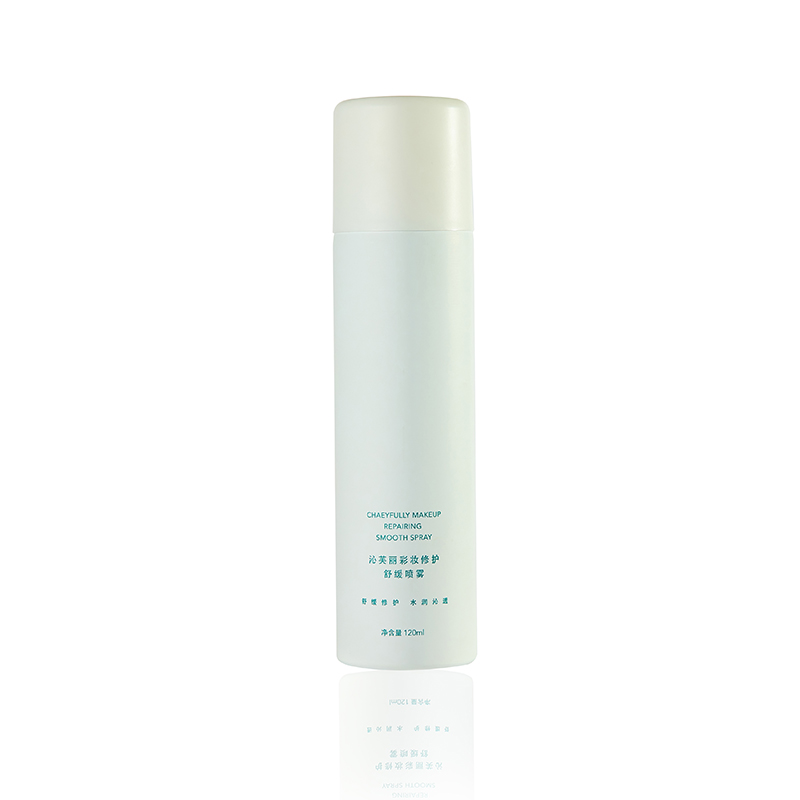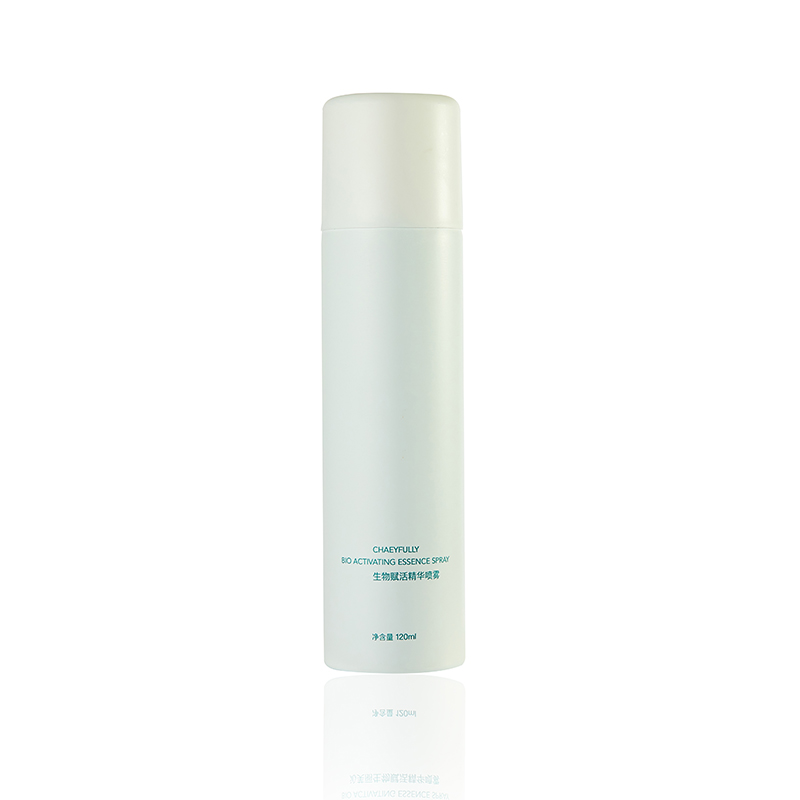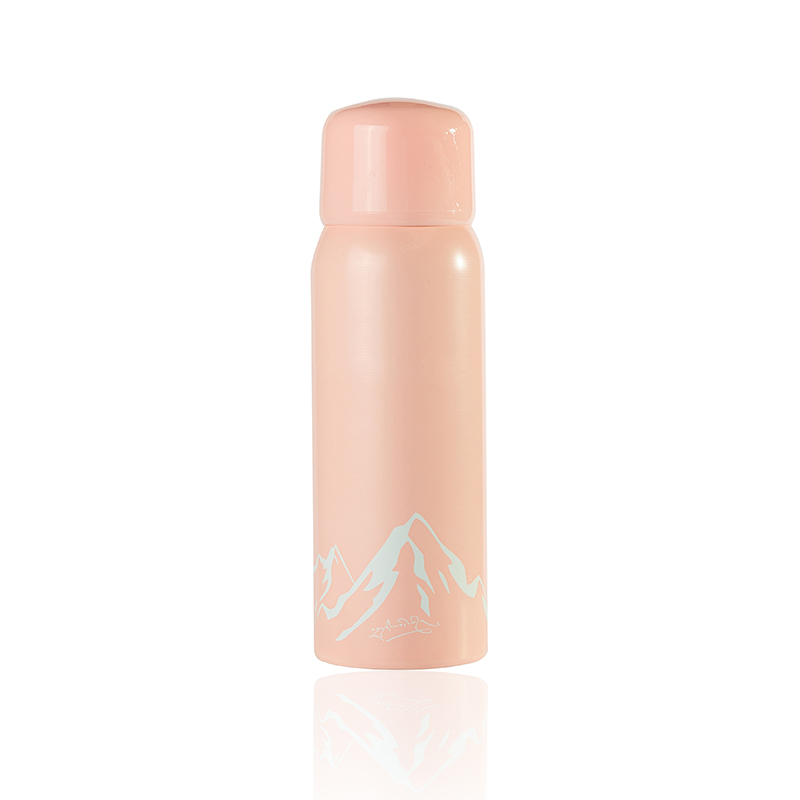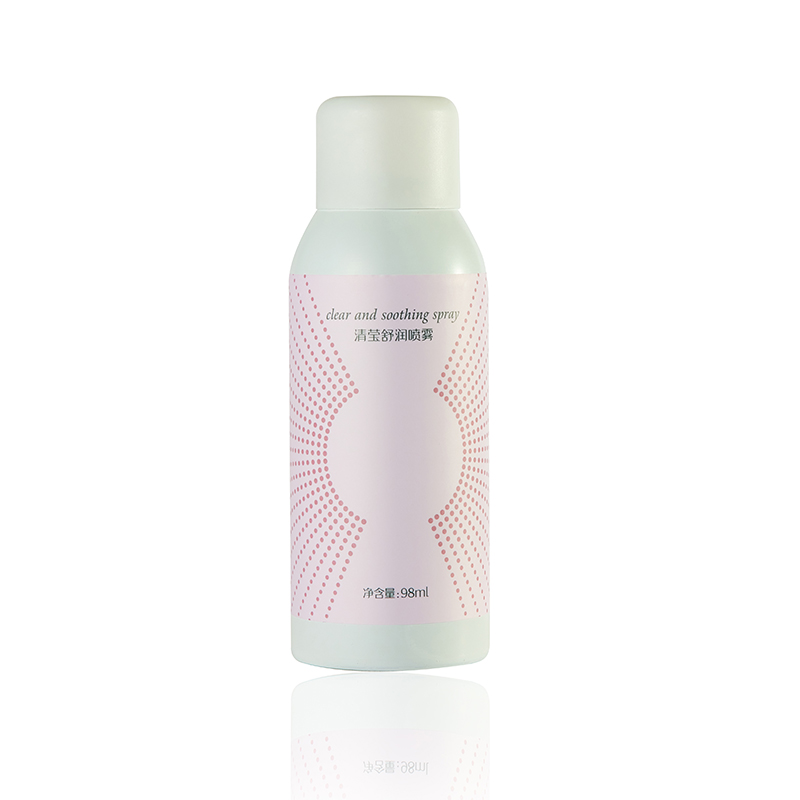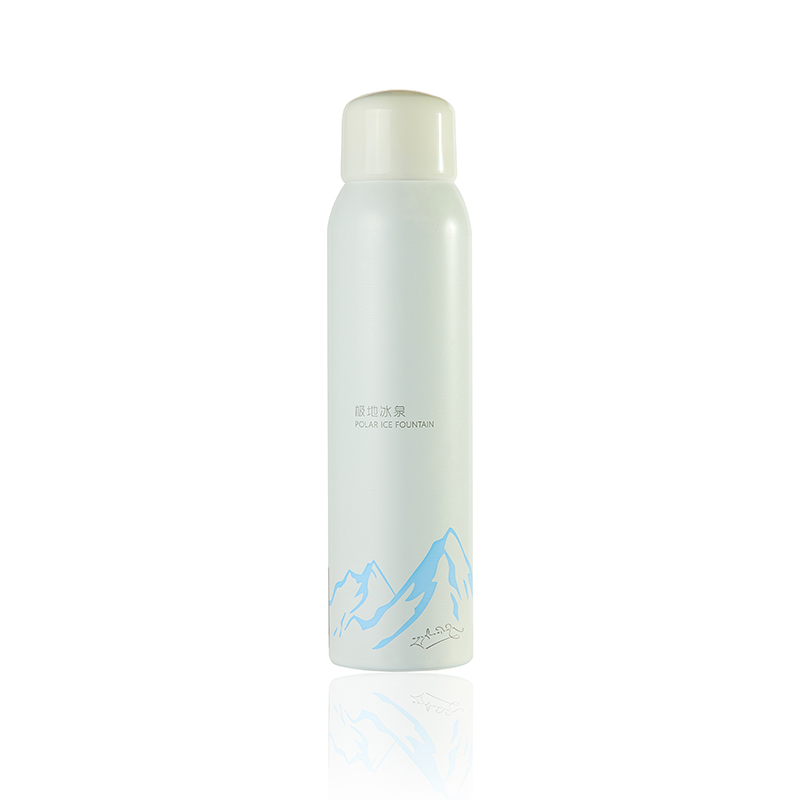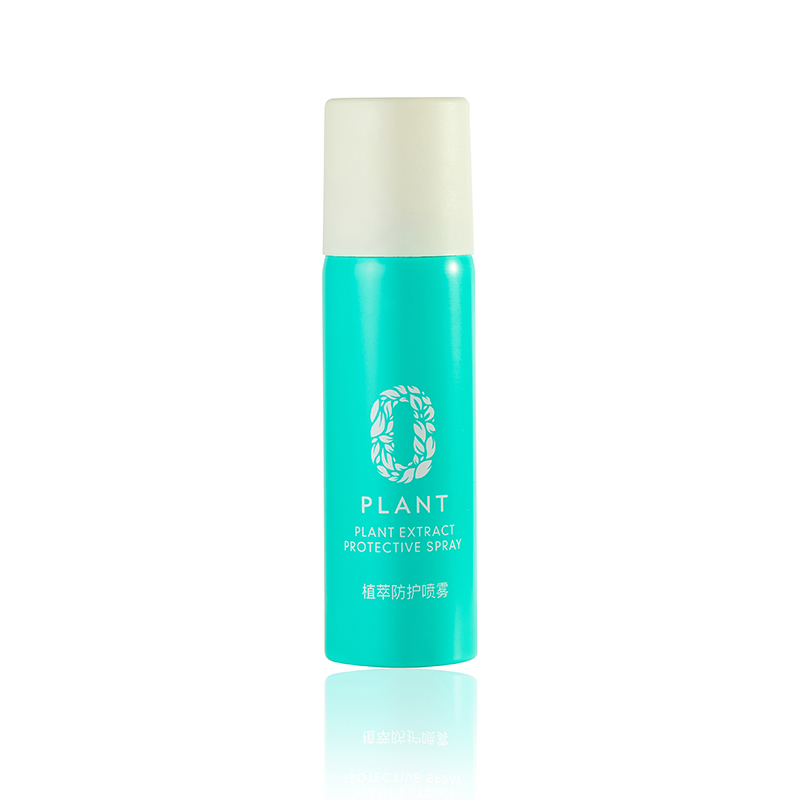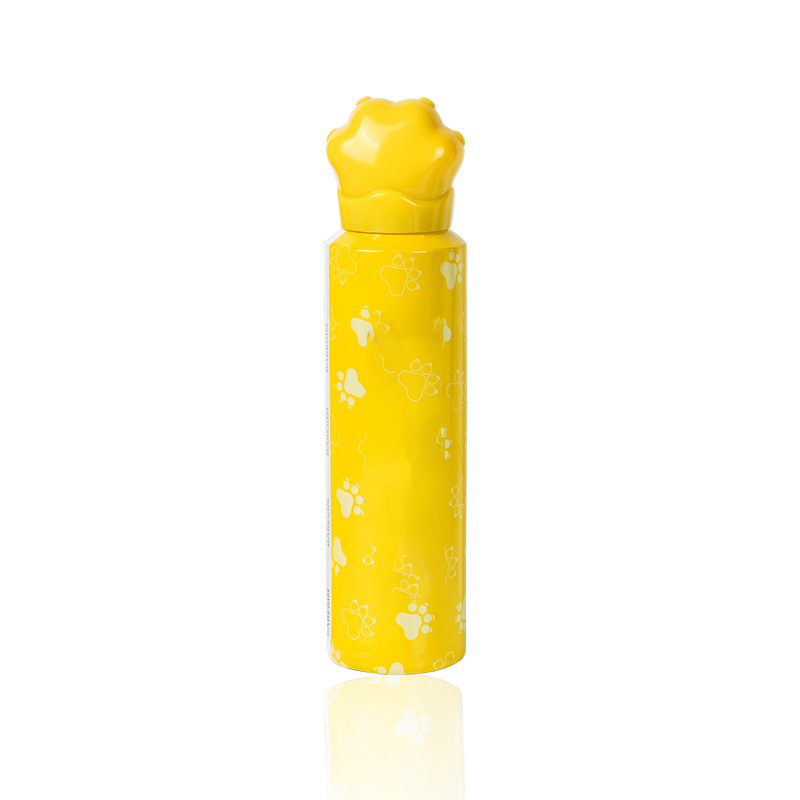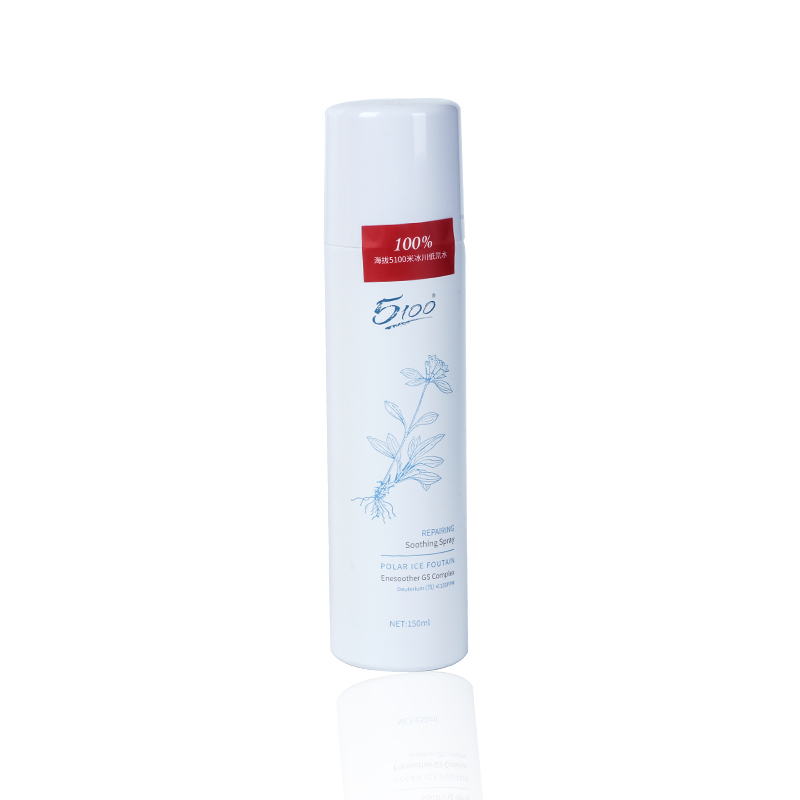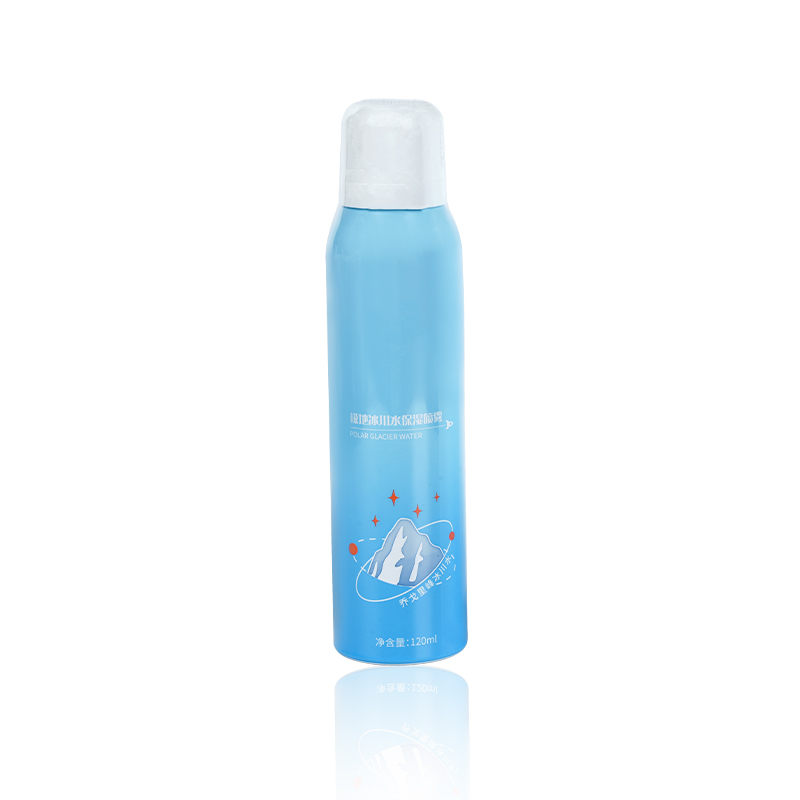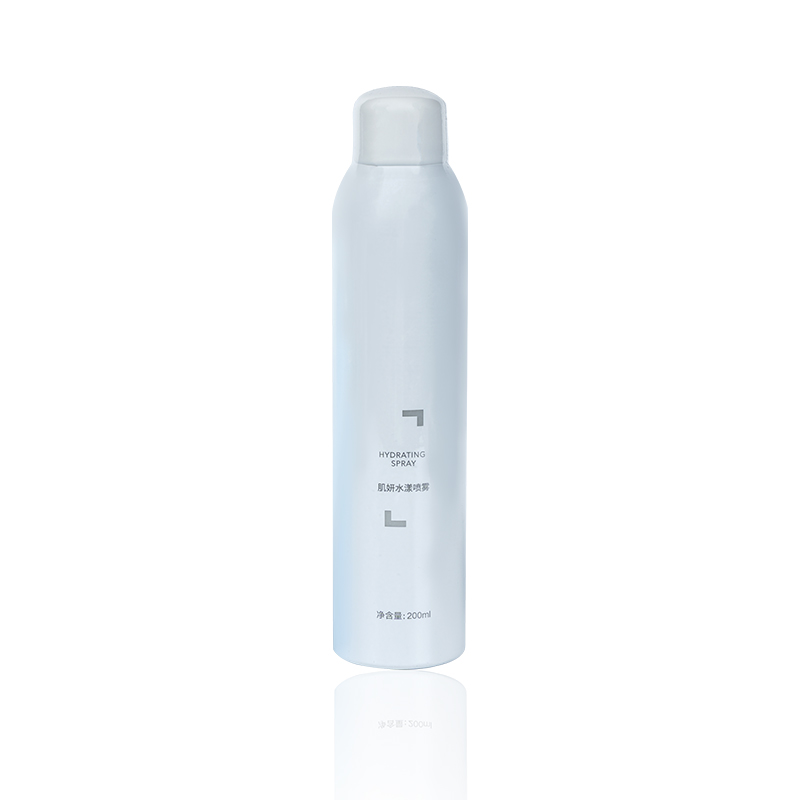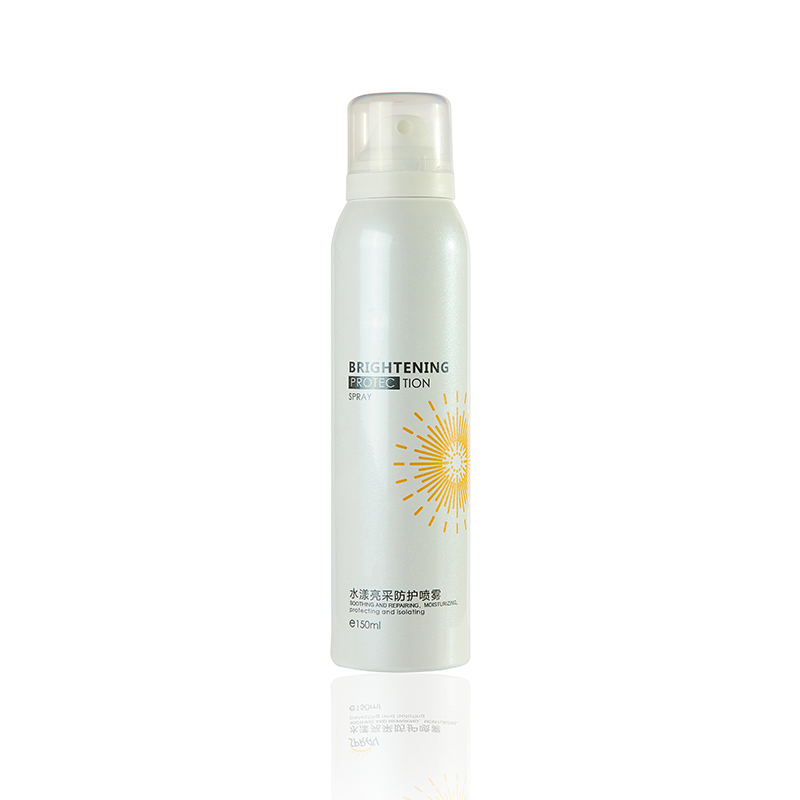Air Freshener: A Mask for Odors
Air fresheners are products designed to improve the smell of a room by introducing a more pleasant fragrance. They don’t necessarily eliminate bad odors but instead mask them with a stronger, more appealing scent. These products are typically used in spaces where a specific, usually floral or fruity, fragrance is desired.
How They Work
Air fresheners primarily rely on fragrance oils or chemicals that evaporate into the air. These chemicals are often synthetic and designed to replicate natural scents or create entirely new, artificial fragrances. When sprayed or dispersed, the air freshener molecules mix with the air, covering up unwanted smells and introducing the intended scent.
There are several methods of dispersing these fragrances:
Sprays: Typically provide an immediate burst of fragrance, often used in small or confined spaces.
Plug-ins: Devices that slowly release a consistent fragrance over time.
Gels and solids: Scented gels that slowly release fragrance as they dry out.
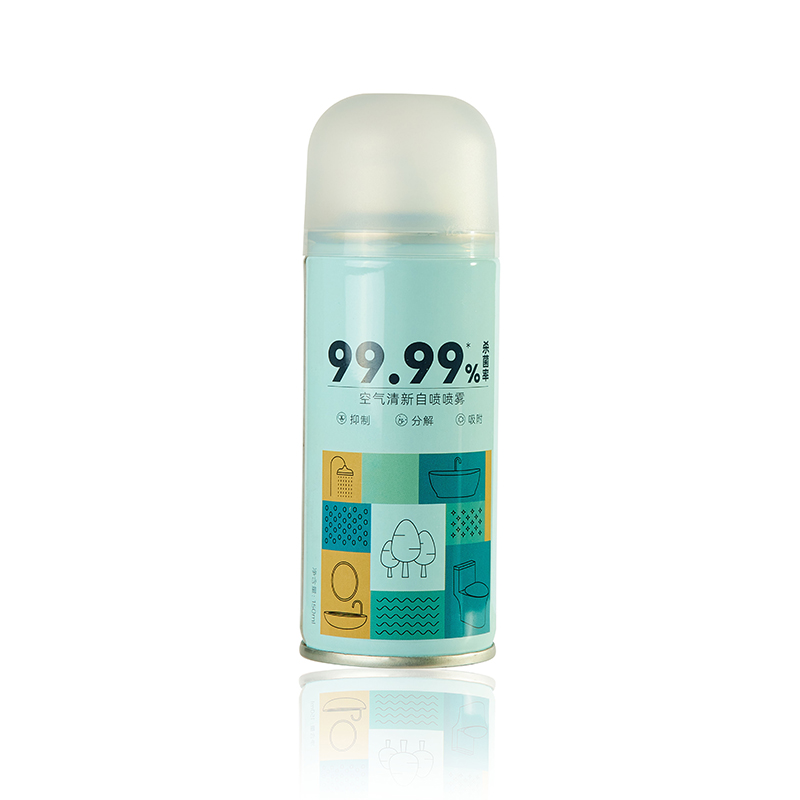
Chemical Ingredients in Air Fresheners
Many air fresheners contain a combination of volatile organic compounds (VOCs) that give them their smell. These VOCs can include substances like phthalates, which have raised concerns due to their potential health effects when inhaled over prolonged periods. Air fresheners may also contain solvents to help disperse the fragrance effectively.
While air fresheners can improve the overall ambiance of a room, they do not eliminate the root cause of bad odors. They just overpower them with their own scent.
Deodorizer: Neutralizing Odors at the Source
Deodorizers, on the other hand, are designed to remove or neutralize odors rather than just masking them. They typically interact with the odor-causing molecules to reduce or eliminate the unpleasant smells, often leaving the air fresher without any noticeable fragrance.
How They Work
Deodorizers function by chemically binding to the odor-causing molecules or by neutralizing them in some way. This process involves breaking down or absorbing the specific compounds responsible for bad smells.
There are several types of deodorizers:
Absorbent Deodorizers: These are substances like activated charcoal, baking soda, or zeolite that absorb the moisture and gases that carry bad odors. By soaking up these particles, they can effectively reduce odors in a space.
Chemical Deodorizers: These products often work by chemically neutralizing the odor molecules. They contain compounds that bond with the odor-causing molecules and alter their structure so they no longer smell. These can sometimes leave behind a slight fresh scent but are more focused on neutralization than masking.
Enzyme-based Deodorizers: These use enzymes to break down organic materials (such as food stains or pet odors) that are creating bad smells. The enzymes target specific molecules like proteins and fats, which are common components of many odors.
Chemical Ingredients in Deodorizers
Deodorizers are often composed of substances that actively interact with odor molecules. These include enzymes, oxidizing agents like ozone, or even simple natural substances like vinegar. Unlike air fresheners, deodorizers are less likely to use heavy fragrances and are instead focused on neutralizing the odor without adding anything else to the air.
Deodorizers can be particularly useful in areas where the source of the odor is known and can be effectively targeted, such as kitchens, bathrooms, or pet areas.
Key Differences Between Air Fresheners and Deodorizers
Function
Air Fresheners: Mask odors with fragrance, often without addressing the root cause.
Deodorizers: Neutralize or eliminate odors at their source, leaving the space odor-free or lightly freshened.
Fragrance
Air Fresheners: Always add a fragrance to the space, whether strong or subtle.
Deodorizers: Typically do not add fragrance unless designed to provide a mild, fresh scent after neutralizing odors.
Chemicals
Air Fresheners: Usually contain VOCs, synthetic fragrances, and other chemicals designed to produce a scent.
Deodorizers: Often use natural absorbents (like charcoal or baking soda), enzymes, or chemical agents to neutralize odors.
Effectiveness
Air Fresheners: Temporarily mask odors but do not resolve the underlying issue.
Deodorizers: Work to neutralize the source of the odor, leading to longer-lasting freshness.
Applications
Air Fresheners: Best for areas where you want to create a specific, pleasant scent (e.g., living rooms, offices, bathrooms).
Deodorizers: Ideal for spaces with persistent, unpleasant smells that need to be eliminated, such as kitchens, pet areas, or basements.
Are Air Fresheners or Deodorizers Better for Health?
Both air fresheners and deodorizers can have potential health impacts, depending on the ingredients used. Many air fresheners, especially those with synthetic chemicals, can release VOCs that may irritate the respiratory system, cause headaches, or trigger allergic reactions. In particular, phthalates (used as plasticizers) are a common concern in some air fresheners.
Deodorizers, particularly those that use natural ingredients like baking soda or activated charcoal, are typically considered safer and more eco-friendly. However, some chemical deodorizers, especially those that rely on strong chemicals or ozone, can also have health risks if used excessively.
For those concerned about health or environmental impact, it's important to choose products carefully, reading ingredient lists and opting for natural or eco-friendly alternatives whenever possible.
Conclusion
In essence, air fresheners and deodorizers serve different but complementary purposes. Air fresheners are all about scent—providing a pleasant fragrance to cover up odors, while deodorizers focus on the removal or neutralization of unpleasant smells at their source. Both have their uses, but understanding the distinction between the two can help you choose the right product for your needs.
Whether you need to eliminate persistent pet odors or simply freshen up a living space, knowing the difference will allow you to use these products more effectively and choose the one that best suits the situation.

 English
English русский
русский Español
Español